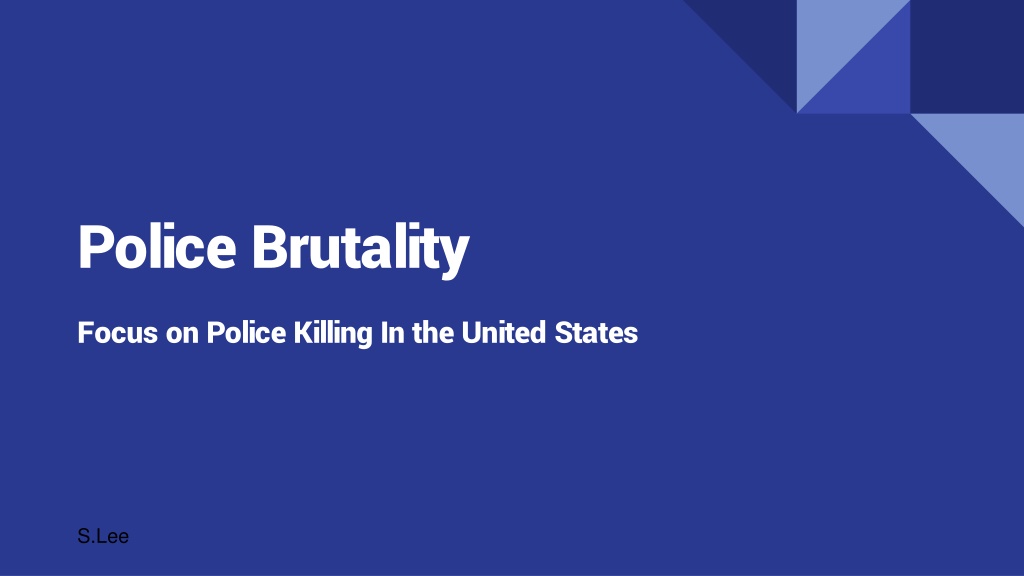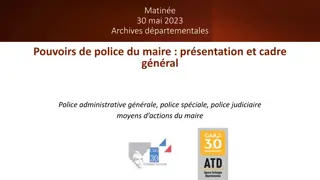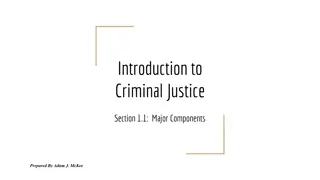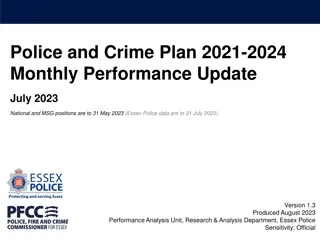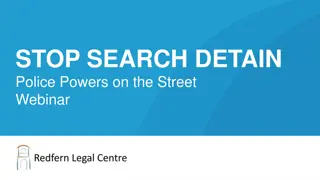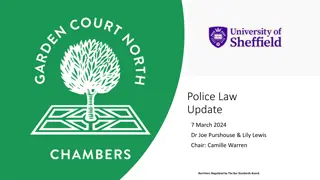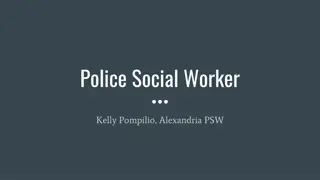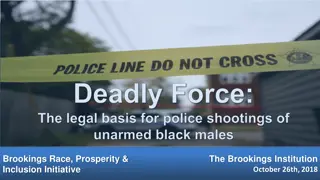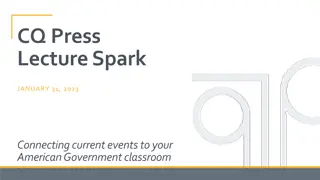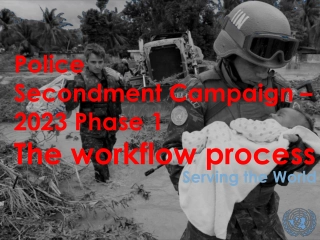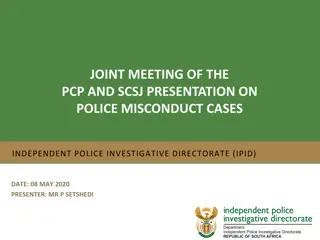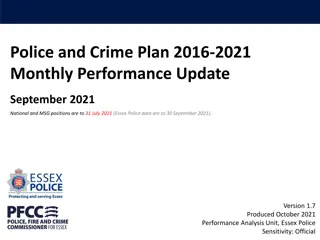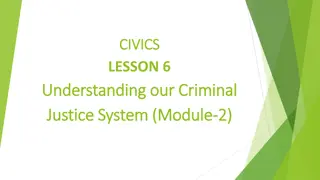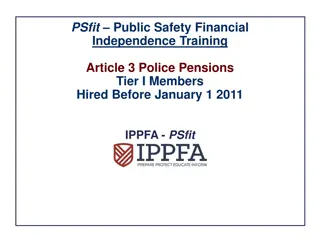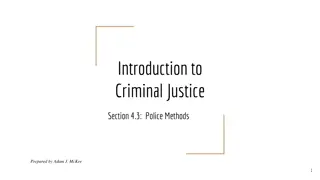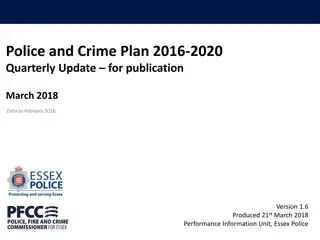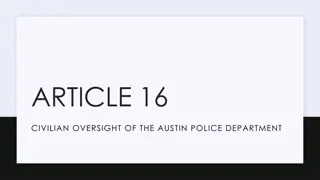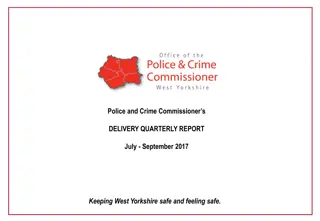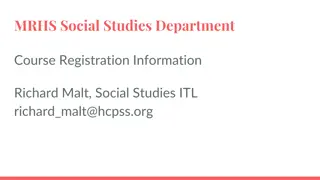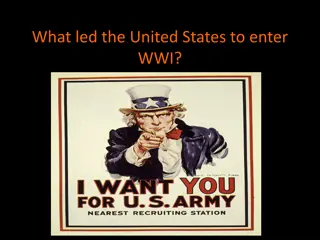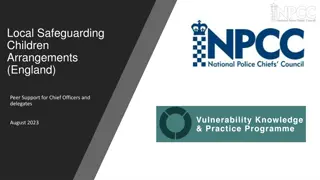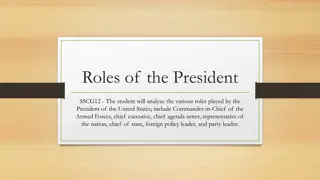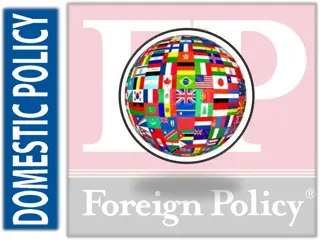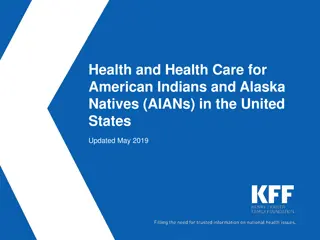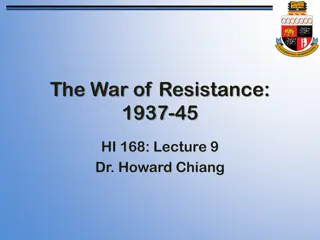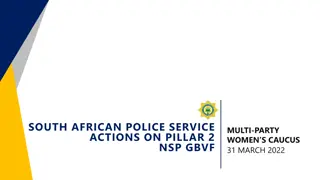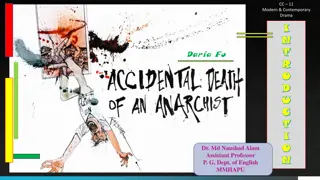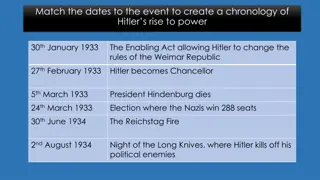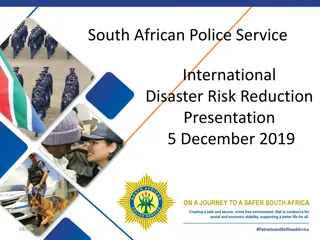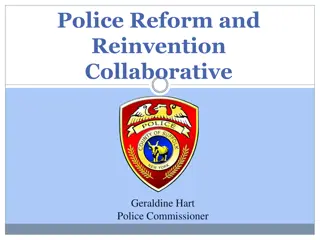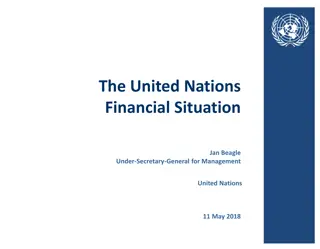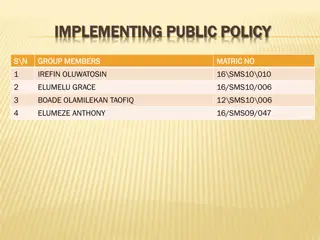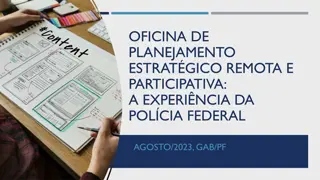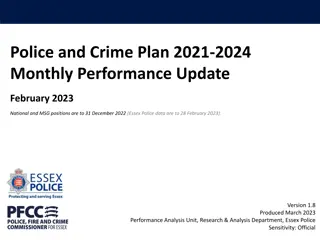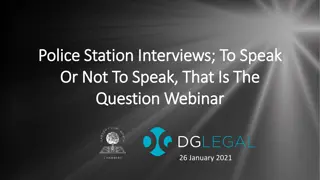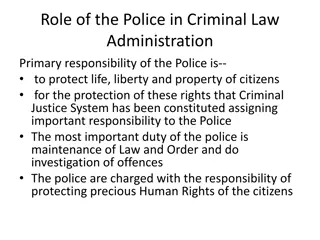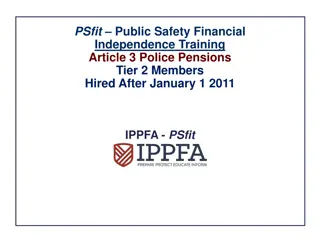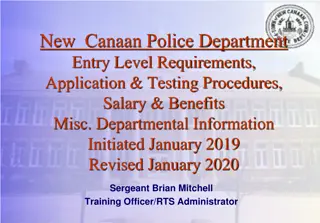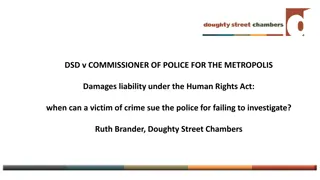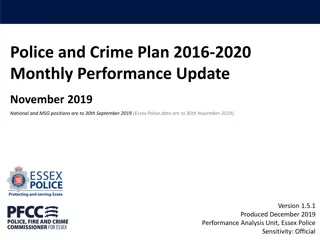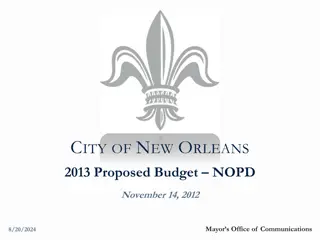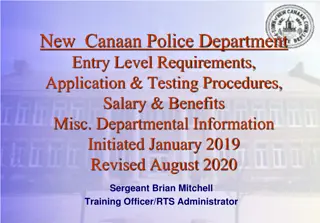Addressing Police Brutality Through Policy Solutions in the United States
Examining the prevalence of police killings in the United States, this article highlights the disproportionate impact on African-Americans and explores potential causes. It evaluates existing policies and proposes new public policy alternatives to tackle the issue effectively.
Uploaded on Sep 18, 2024 | 0 Views
Download Presentation

Please find below an Image/Link to download the presentation.
The content on the website is provided AS IS for your information and personal use only. It may not be sold, licensed, or shared on other websites without obtaining consent from the author. Download presentation by click this link. If you encounter any issues during the download, it is possible that the publisher has removed the file from their server.
E N D
Presentation Transcript
Police Brutality Focus on Police Killing In the United States S.Lee
Whats the big idea? Police Killing: A case where a person dies as a result of being chased, beaten, arrested, restrained, shot, pepper sprayed, tasered, or otherwise harmed by police officers, whether on-duty or off-duty, intentional or accidental. https://mappingpoliceviolence.org/aboutthedata/
Examining the Evidence 2018 African-Americans make up 13 percent 987 of the U.S. population but account for 24 percent of people fatally shot by police. people were fatally shot by police in 2017 According to the Washington Post, blacks are 2.5 times as likely as white Americans to be shot and killed by police officers. Source: Washington Post
Examine the Evidence In the world This chart compiled by Business Insidershows police shooting statistics from 2011.
Identify the Causes For example... What we see is a continuation of an unequal relationship that has been exacerbated, made worse if you will, by the militarization and the increase in fire power of police forces around the country, says Pretzer. There s a tendency to stereotype people as being more or less dangerous. There s a reliance upon force that goes beyond what is necessary to accomplish police duty, says Holmes. There s a lot of this embedded in the police departments that helps foster this problem. Read more: https://www.smithsonianmag.com/smithsonian-institution/long-painful-history-police-brutality-in-the-us- 180964098/#2FEcRtAWrXc1lyVO.99
Evaluate Existing Policy For example... https://www.joincampaig nzero.org/force/
Propose at least three new/original public Develop Solutions policy alternatives. Be sure that all of your public policy alternatives are at the same geopolitical level as your social problem. Each What can we do about the problem? alternative must specify the actual government or government agency that will carry out the proposed action. List the proposal that your group considers the most promising first.
Feasibility Effectiveness Effectiveness refers to the likelihood that your Feasibility refers to the likelihood that your policy policy will produce results that lessen the social would be enacted by the government or problem. To be able to anticipate the government agency. Feasibility can be affected effectiveness, it is essential that your problem in by factors such as cultural acceptance and the step 1 is narrowly and specifically stated. anticipated costs in comparison to the benefits. Policies that have a reasonable chance of being enacted (feasibility) are usually best, even if they have only moderate effectiveness.
Select the best solution by completing this matrix.
